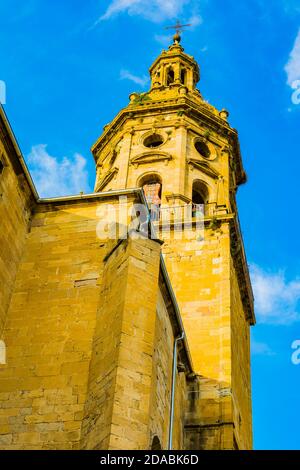

But, over 60% of the walk is on footpaths or gravel roads.Īlong the way, you’ll find lots of cafés, bars, and restaurants at which you can stop to take a coffee or eat. Of course, there will be the fair share of cobblestone and road walking, as well.

Nor do we forget the popular Sarria, from where today many pilgrims depart to be able to achieve the minimum for the compostela or of the last towns of the Way, like Triacastela, Arzúa, Palas de Rei, Pedrouzo and at last Santiago de Compostela, the end of the Trip for the great majority of pilgrims, less for those who decide to go further and touch the Atlantic with the fingers in Finisterre or Muxía.The way from Sarria to Santiago is a relatively easy walk, consisting of rolling hills through forests, farms, and little villages and towns. Unforgettable is the passage through O Cebreiro, in Lugo, that penetrates the pilgrims in Galicia, or Ribadeo that does the same, but for the walkers that arrive by the Northern Way, while Tui welcomes those of the Portuguese Way. To conclude, we can not forget Galicia, where the end of the Camino is already approaching for the pilgrim and region more strongly tied to the Jacobean Route, very rooted in history and popular Galician traditional.
#Santiago spain full#
The Castilian provinces of Burgos and León are also intimately related to the history of the Camino de Santiago, and some of its towns are a living legend of the routes of Santiago, such as Hornillos del Camino, Castrojeriz, Sahagún or the imposing Astorga, with a great heritage, always Full of pilgrims and even with three hostels to accommodate them. Also in Navarre we find a small town, but with a long history, strongly related to the Camino de Santiago: Roncesvalles, and already in La Rioja we find localities like Nájera or Santo Domingo de la Calzada, arisen around the figure of this saint, who dedicated His life to facilitate that of the pilgrims. Since the Middle Ages all these peoples have flourished under the protection of the Camino de Santiago, and with the resurgence of the Jacobean route from the end of the twentieth century today many find in the phenomenon of pilgrimage a way to continue to thrive.Īmong the villages on the Camino de Santiago, there are some very important historical villas, although in the history of the Jacobean routes, many of them are related to the French Way, such as Puente la Reina, in Navarra, where the two pilgrimage routes that cross from France, or Estella, with its important historical-artistic heritage.


Many are beginning or end of a stage in routes such as the French Way, the Portuguese Way, the Primitive Way or the Northern Way and others are simply passing villas, but all are intimately related to the pilgrim, a figure that for centuries Sheltered from the cold, fed, and protected from the perils of thieves. However during all these centuries, if anything has continued to maintain the enormous influence of the Jacobean routes in the villages of the Camino de Santiago, which have determined its growth, history, commerce, prosperity and even its architecture.īoth in northern Spain, Portugal and France, we find a great number of beautiful villages whose existence even today can not be explained without the Camino de Santiago. Today the Camino de Santiago is no longer just a phenomenon of religious pilgrimage as understood by medieval walkers and worshipers, if not a huge path that extends throughout the Iberian Peninsula (and beyond) covered with many different reasons, Such as the desire for improvement, sport or the search for peace, just to name a few.


 0 kommentar(er)
0 kommentar(er)
